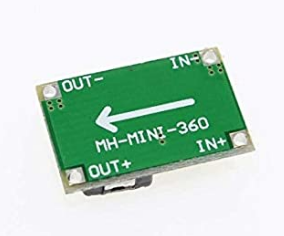Cheap SpotWelder : Replacement Control Board

This is the prototype board for the Cheap Spot Welder control board. It is a drop-in replacement for the original control board. It is based on a STM32F1 / bluepill board with a SSD1306 Oled screen, a rotary encoder, and a buzzer salvaged from an old 3D printer board. What does it bring ? Not much, it's cheap to make (<10$), it's opensource, it is easy to tune / change and it's massive overkill :) On the othe hand, a bluepill board is very cheap ~ 2$, so no point in trying to make something with a smaller MCU. It even runs freeRTOS. This is very much work in progress, all the building blocks are there, just need to do the magic sauce to glue all of them together.


